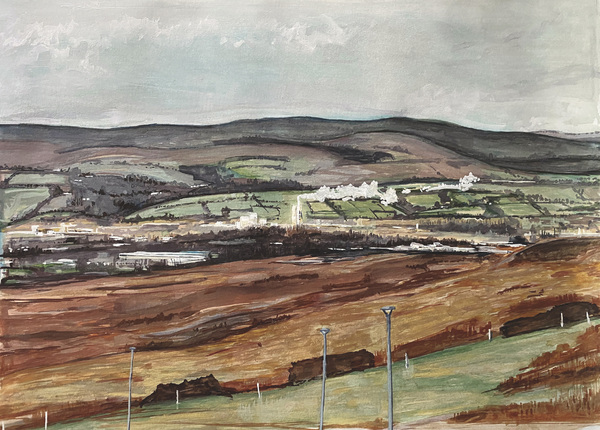A New Ribblesdale: The Residency
Working initially alongside Christopher Waltham and Joseph Sudlow, the thesis began with an interest in post-industrial landscapes and sustainability in construction, questioning how to avoid post-industrial decline through a settlement model grounded in sustainable practices. A wider analysis of post-industrialisation across the UK was taken into a specific, contextualised study of Clitheroe and Chatburn, two small settlements closely linked through the primary economical industry of the area; cement. The research recognised the benefits of the material industry but also its irreversible physical and environmental impacts, therefore the proposal saw the old cement infrastructure repurposed into a centre for the research and production of renewable, locally-sourced construction materials. In doing so, sustainability and tectonics formed the foundation of a new era in Ribblesdale, focused on its future yet deeply rooted in its past.
The thesis took this proposal of a new industrialisation and analysed how it could work alongside and be implemented into an entirely sustainable settlement. This included the design a new train station and series of buildings situated around a courtyard. These were designed in reference to the local building vernacular, in addition to the unique landscape in which they sat; a landscape both industrial and rural. This thesis takes research and contextualised observation into an expression of architecture, ultimately promoting the viability of a new settlement model based around sustainable, agrarian and community-based living.


